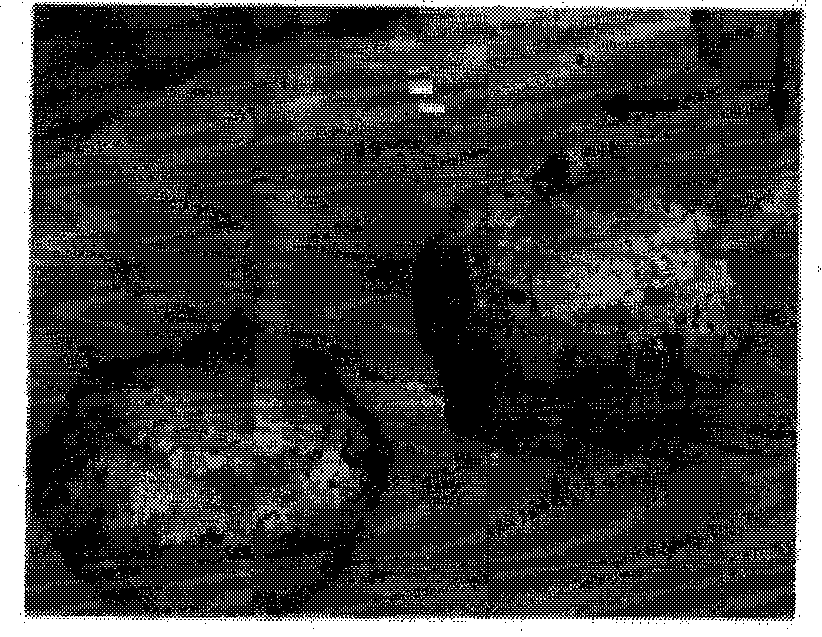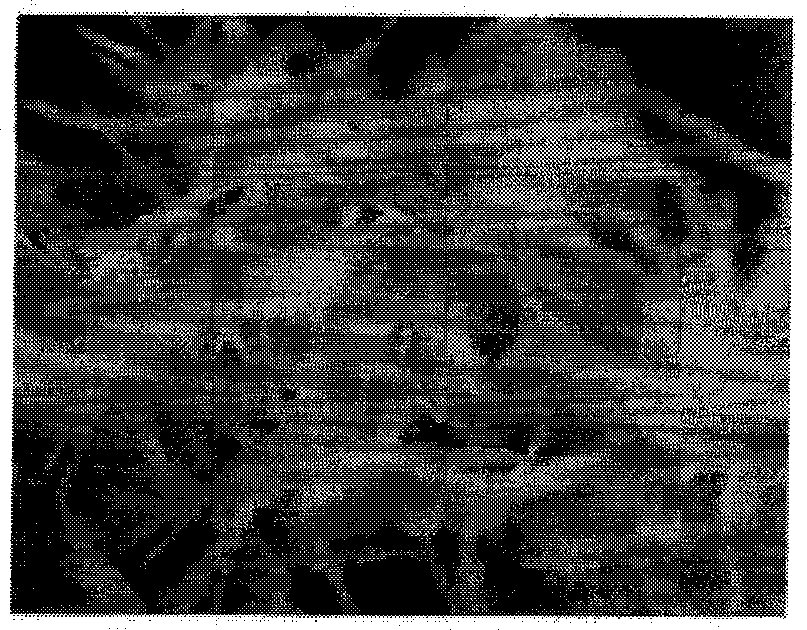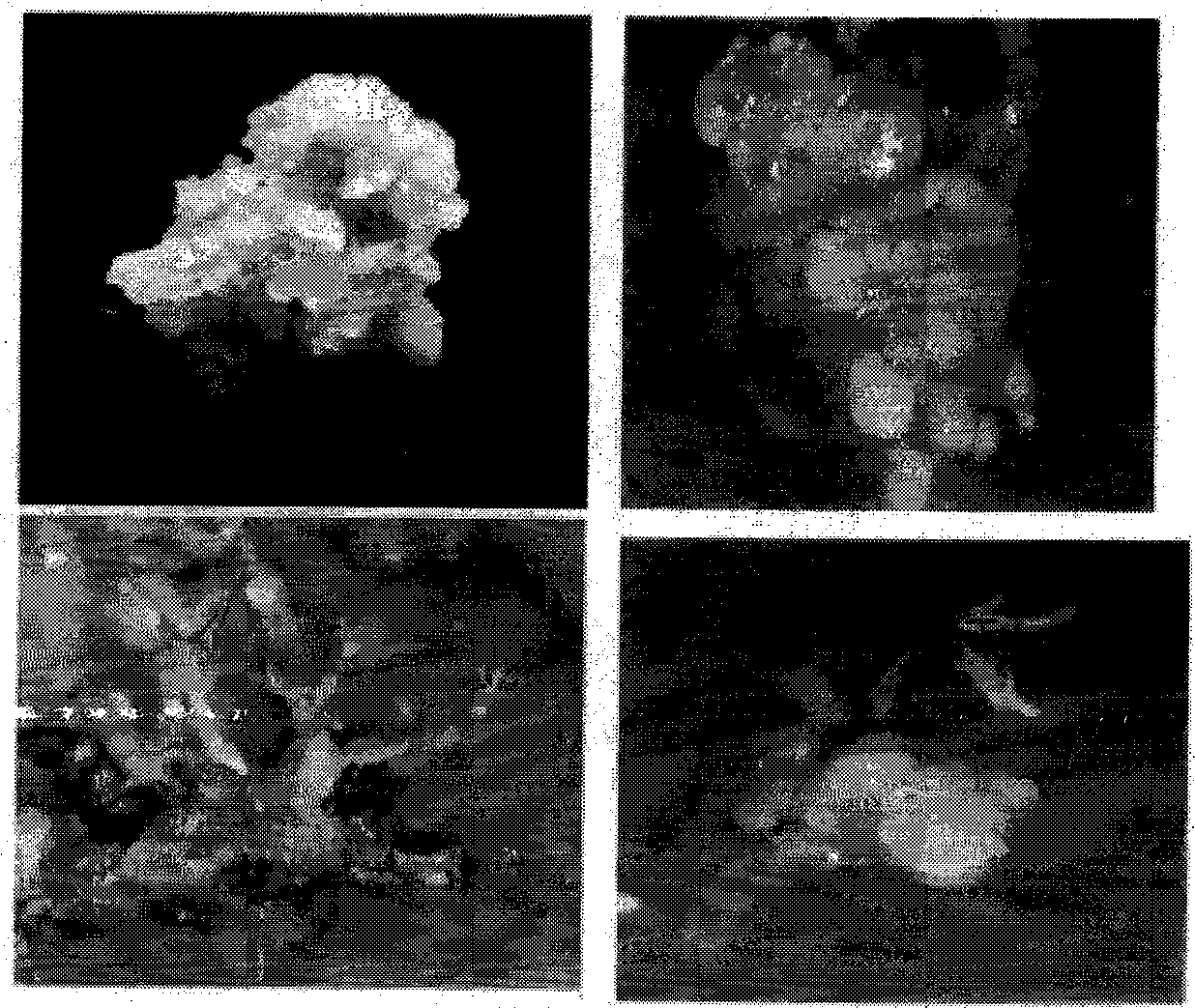Method for improving saponin content of ginseng germplasm
A technology of ginsenoside and ginseng, which is applied in the field of cultivating ginseng germplasm resources with high saponin content, can solve the problems of enzyme activity reduction, and achieve the effect of shortening the breeding cycle
- Summary
- Abstract
- Description
- Claims
- Application Information
AI Technical Summary
Problems solved by technology
Method used
Image
Examples
Embodiment Construction
[0020] The present invention adopts the improved CTAB method to extract the total RNA of ginseng genome, and concrete improvement is as follows: (1) reduce the initial amount of sample, make it and the ratio of extraction buffer solution be about 1: 15; (2) beta mercaptoethanol concentration improves to 0.3 mol / L; (3) 3 mol / L NaAc equal to the volume of isopropanol was added when RNA was precipitated with isopropanol at -20°C. The extracted total RNA was detected by 1% agarose gel electrophoresis. As a result, there were 3 relatively obvious swimming bands in each sample, corresponding to 28S, 18S and 5S RNA respectively, and the ratio of 28S / 18S was 2:1, so the extracted RNA it `s complete.
[0021] The primers for RT-PCR amplification of CAS gene were designed according to GeneBank (accession no.AB009029) Sense primer 1: 5'GAGCTCGCCTGAAGAGCTTGCGGAGGTCGAGAAAGT3' and Antisense primer 2: 5'TCTAGATTCCCAGACCTTGTCCAGTGATGCCCAAAG3' , and add SacI and XbaI restriction sites to the ...
PUM
 Login to View More
Login to View More Abstract
Description
Claims
Application Information
 Login to View More
Login to View More - R&D
- Intellectual Property
- Life Sciences
- Materials
- Tech Scout
- Unparalleled Data Quality
- Higher Quality Content
- 60% Fewer Hallucinations
Browse by: Latest US Patents, China's latest patents, Technical Efficacy Thesaurus, Application Domain, Technology Topic, Popular Technical Reports.
© 2025 PatSnap. All rights reserved.Legal|Privacy policy|Modern Slavery Act Transparency Statement|Sitemap|About US| Contact US: help@patsnap.com



